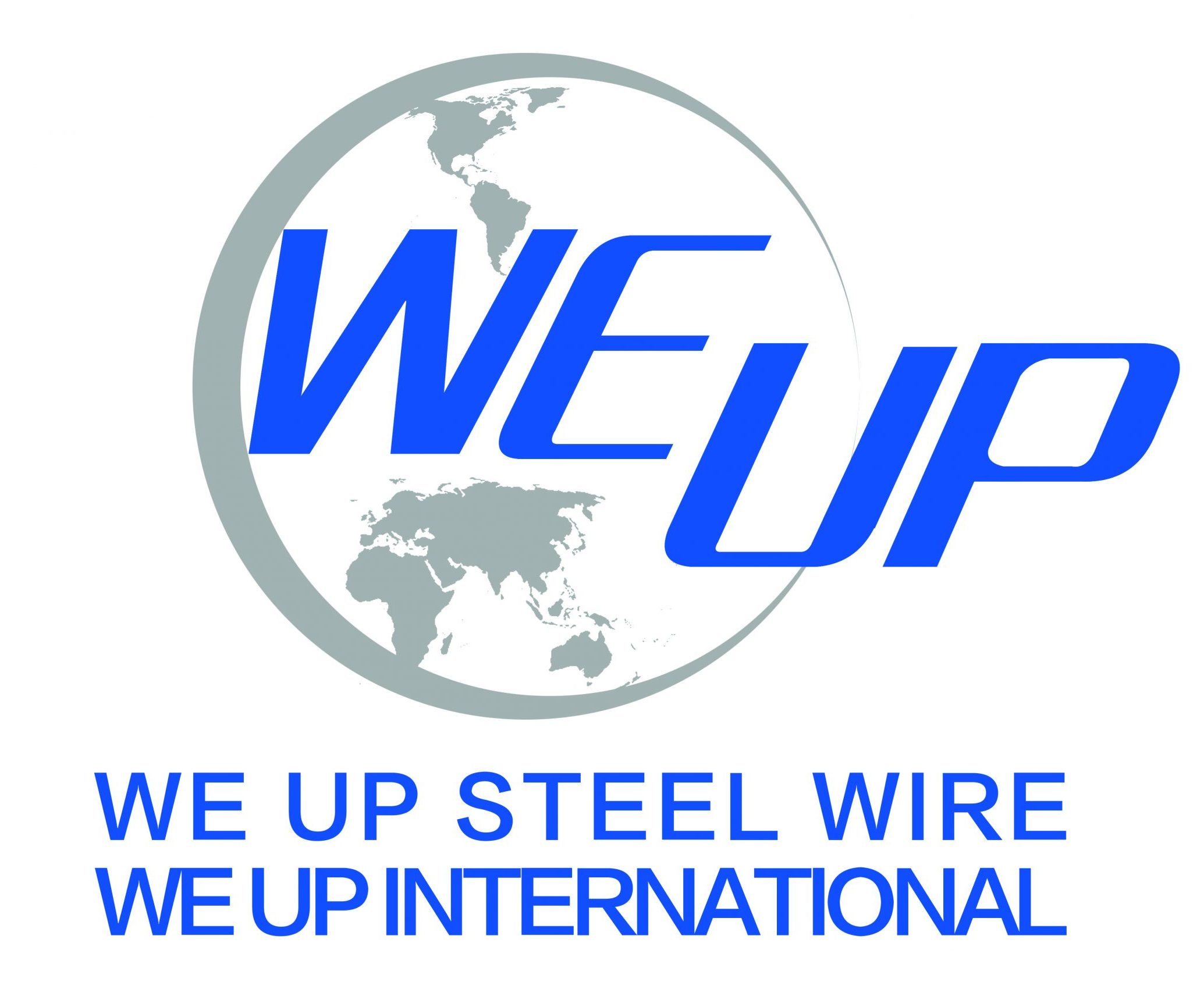Lead adhesion on steel wire surface is a serious problem in annealing and patenting, because the following pickling treatment can hardly remove the lead residue and phosphating film can either hardly be closely compact on steel wire, which could lead to die block and steel wire breakage in subsequent drawing as well as lead excessive consumption.
In order to avoid above accident and ensure steel wires always in perfect state for followed production, we summarized a fewer of key points as below.
1) Confirm the steel wires should be in good surface without any scratch before annealing and patenting.
2) We should adjust the furnace temperature between 900 and 1000 degrees in centigrade against various steel wire sizes and finally to settle the wire temperature should be 900-910 centigrade.
3) Set the temperature of lead liquid in tank be at 550 centigrade and turn up to 560 centigrade only if lead adhesion still available and which should be effective.
4) Lead tank should be covered tightly without any parts open in the air, just in order to avoid steel wire oxidized and excessive viscosity of lead under oxidization.
5) Enlarge the exit end angle of lead tank, for instance from 30 up to 45 degrees, in order to help the lead residue on steel wire surface fall off easily.
6) We should insist on clearing up the furnace and checking the wire conveyor roller in good state without any crack once a month, in order to prevent steel wires from unexpected scratch.
